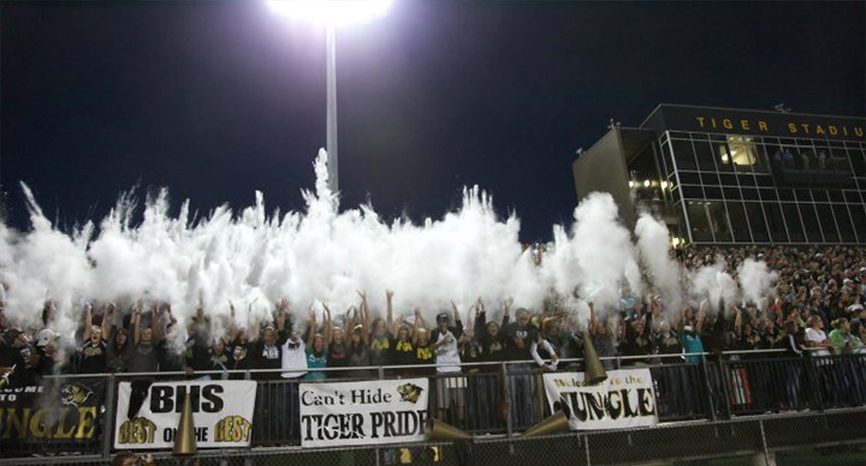Since Dust In Case initially brought you the news of a combustible dust accident at a color run in Taiwan that killed dozens and left hundreds injured, it seems that a heightened sense of cautionary tales about using dusts and powders during celebratory events have come forward throughout the discussion. An article written by mechanical engineer Ed Sokalski for The Morning Call details more trends used in smaller scales across the country that pose a similar danger. He brings up the example of “whiteouts” that take place in the stands at high school and college athletic events where flour and baby powder are thrown into the air by students. The ideal conditions of a fuel in the form of combustible dust, oxygen in the open air. and the possibility of an ignition source (such as an open flame lighter or the presence of smokers) which similarly caused the explosion at the Japanese color run are present here as well, and yet, as his article states, school officials at a particular school banned the “whiteout” not because of the explosion hazard, but for the breathing hazard they posed instead.
What this says is that perhaps important decision makers are under-informed themselves on the widescale severity combustible dust poses. Perhaps they are taking for granted that the general public understands the dangers of obvious combustible material situations, such as gasoline and other flammable liquids, but what about dusts and powders that are found in every day household substances, and how they can pose a greater danger when used improperly? The obvious solution is a greater need to educate everyone on the presence of combustible dust, make available any and all available resources, and stress the importance of putting together a plan to safeguard these events. While this subject resides just outside of a work space industrial vacuum cleaner’s role in keeping an environment free of combustible dust, there is an overlapping cautionary message that benefits both sides, in that what we practice in our daily lives has a way of trickling into our professional habits, and vice versa.


